
2021 Jaguar F-Pace facelift Review: First Drive
The refreshed 2021 iteration of the Jaguar F-Pace gets some significant improvements in design, interior and features. Ravi Ved finds out if the 2021 F-Pace can find its niche this time around
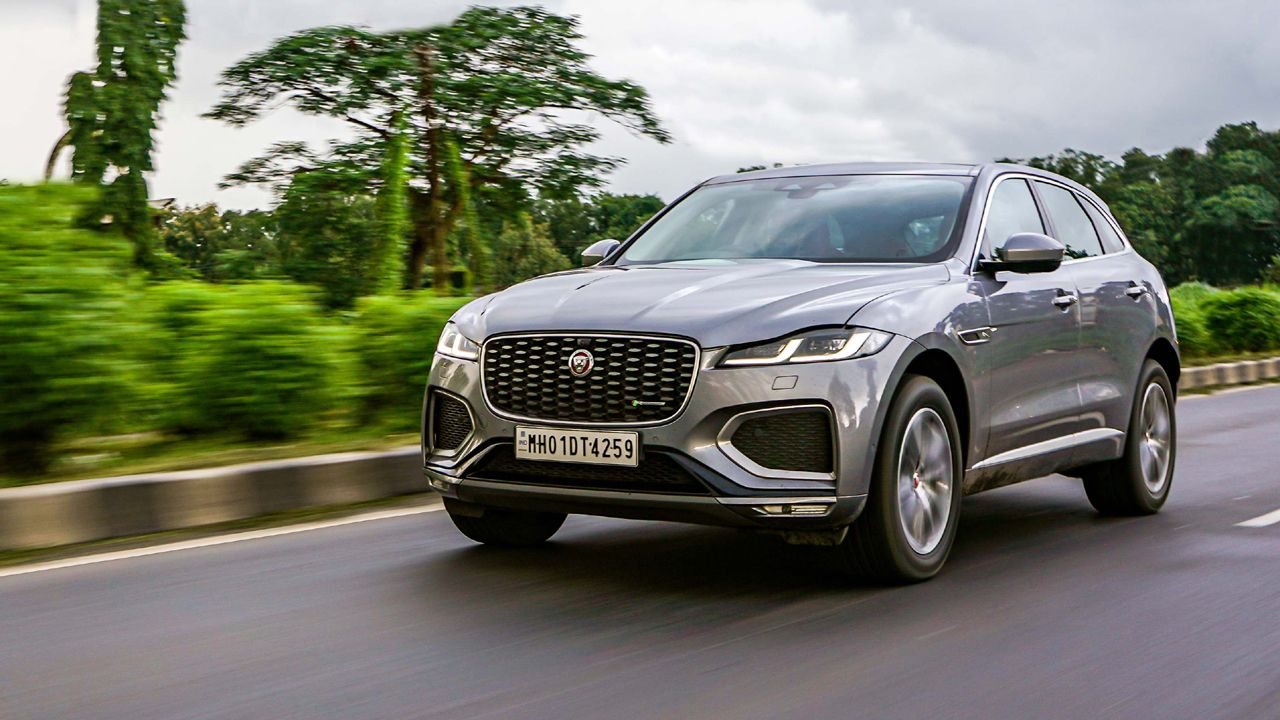
The refreshed 2021 iteration of the Jaguar F-Pace has significantly improved in terms of design, interior, and features. Ravi Ved finds out if the 2021 F-Pace can find its niche in the market this time around.
Examples of popular products that have tasted success internationally but failed in India are endless – from Dunkin Donuts to Timberland. The car that we have with us today has had a similar story so far in India.
The F-Pace entered the Indian market as a CBU, which made it an expensive proposition. And even when the SUV was later introduced as a locally assembled model, it didn’t have the same impact as it had in the global market, where the F-Pace is still amongst Jaguar’s best-selling models. With this facelift, Jaguar hopes to change that and find its place in the luxury SUV space in the Indian market. Let’s find out of the 2021 F-Pace has what it takes.

If it ain't broke, don't fix it
Although it’s been five years since Jaguar first brought in the F-Pace, it doesn’t quite look behind the times. In fact, it has aged very gracefully, thanks to which just a nip and tuck job was enough to revitalise its appeal.

The most noticeable change to the front of the car is the revised bumper. With larger air dams, it gives the F-Pace a sportier stance at the front. Jaguar has also mildly redesigned the grille, which is now larger and more prominent, thanks to the addition of chrome studs. The headlight is now sleeker, and unlike the outgoing model, it now gets the ‘double J’ treatment – much like the I-Pace. Jaguar has also redesigned the bonnet, and the shut lines and grille form a cohesive unit, which makes it look neater than before.
Along the sides, everything looks identical to the pre-facelift model. In fact, the alloy wheels have been borrowed from the 30d R-Sport trim, which was first launched in 2016. Around the back, changes are limited to a revised bumper and reprofiled taillights with the double bowl LEDs.

Well endowed
Now, the exterior design has received only a handful of changes, but that's not the case with the interior – in fact, it's here that you see the efforts that Jaguar has put in in this facelift. The dashboard has been completely redesigned and now looks considerably neater and more modern. But before we discuss that in detail, let me address the elephant in the room – the Mars Red interior.
When I first saw it on the Jaguar India website at the time of launch, I wasn’t sure about its appeal, and I am still not. The red upholstery doesn’t quite look gaudy or over the top, but frankly, it isn’t quite up to my taste, especially in combination with the current grey exterior paint. Probably a red or black exterior would complement the Mars Red interior better, enhancing the car’s overall sporty appeal. The tan interior is a lot more neutral in its appeal and may become the popular choice for a lot of F-Pace buyers.
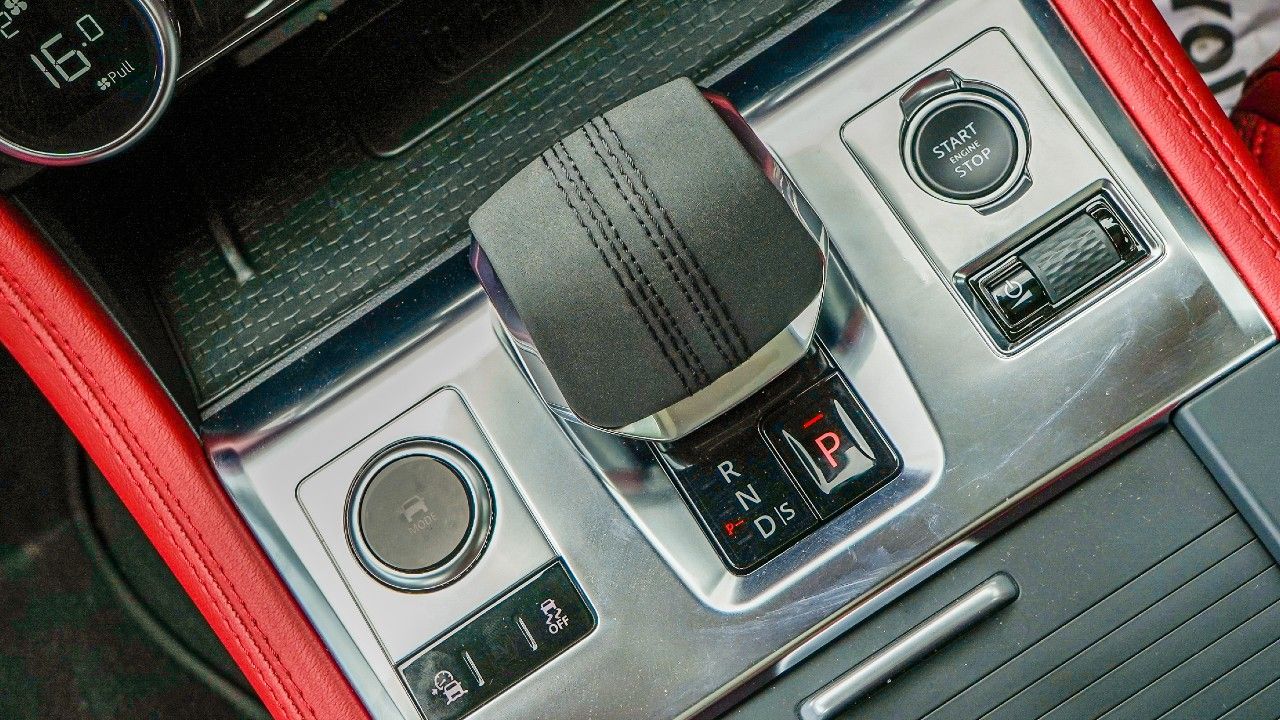
Coming back to the Pivi Pro screens, it gets a familiar layout with infotainment at the top and air-con controls at the bottom. Interestingly, the F-Pace’s 11.4-inch infotainment screen is larger than the one in the more expensive I-Pace – probably that's why it juts out marginally and doesn’t sit flush with the dash. While this brings the screen closer to the driver, making it easier to control, visually it looks like an afterthought. The interface, the touch sensitivity, and the crispness of the display are all top-notch.
Down at the bottom, you get the familiar rotary knobs to control the air con. Unlike the I-Pace, the knob feels a bit plasticky, and so do the controls on the steering wheel. In fact, those are the only two areas of the interior that leave a bit to complain about. Otherwise, the interior is made of top-drawer stuff. Everything you touch has an extremely rich feel to it – right from the leather-wrapped top of the dash to the brushed aluminium finish all around the cabin.
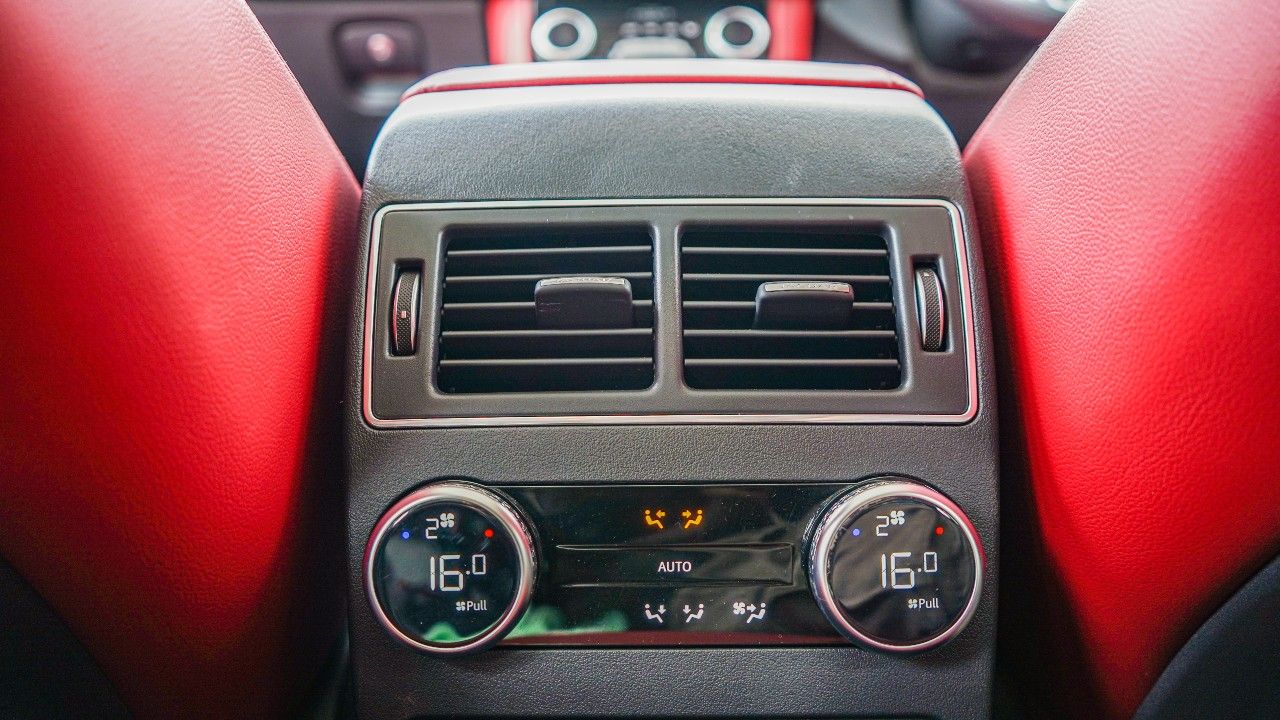
The rear-seat experience continues to be the same. Ingress and egress are easy, thanks to the wide-opening rear doors. The seat is well-bolstered for comfort, but someone with a wider frame may find it a bit inadequate. There is enough room for two passengers to travel in comfort – a third will definitely feel cramped for shoulder and legroom. Despite the update, the F-Pace continues to miss out on some key features, like sun blinds and USB ports for rear-seat occupants. And while it does get a reclining rear seat, the control for it is a bit difficult to access.
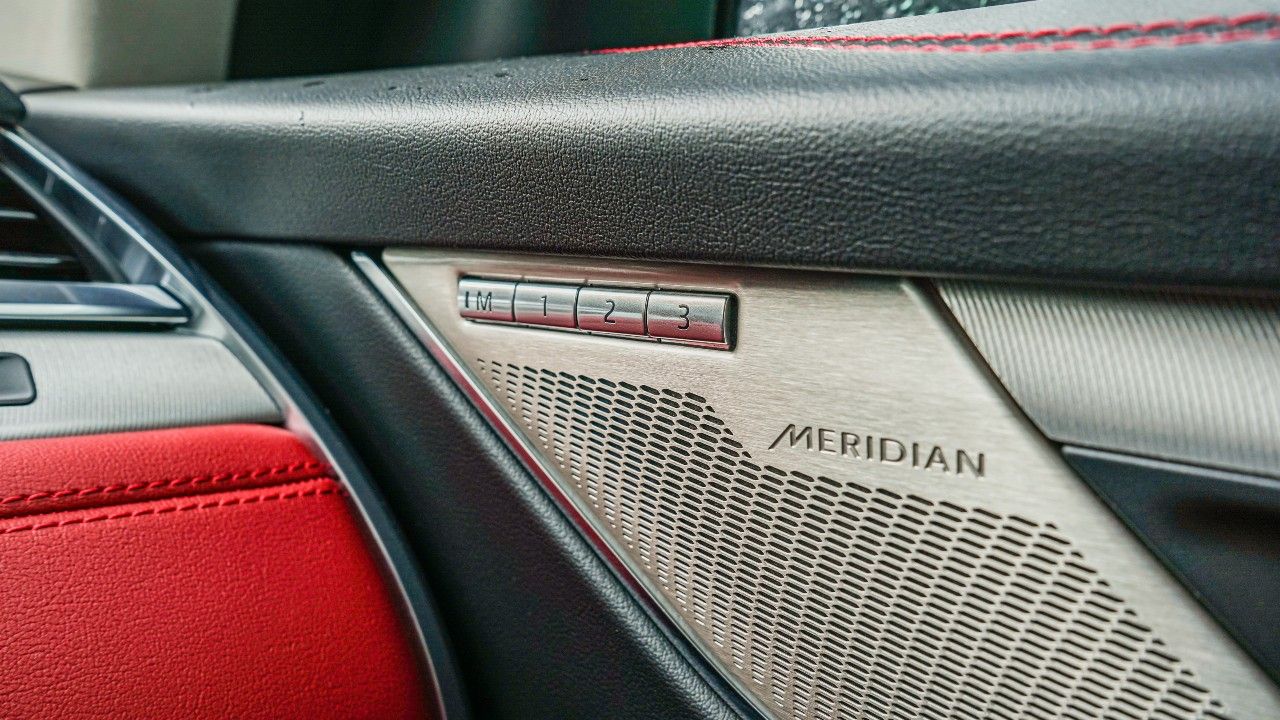
Hits and misses
The updated F-Pace gets a reasonably long list of features, including LED headlights with auto high beam assist, LED taillights, heated ORVMs, a 12-way electrically adjustable driver seat with memory function, a 360-degree camera, a powered tailgate, wireless charging, and four-zone climate control. Although the F-Pace gets a large panoramic sunroof, it is a fixed unit like in the I-Pace. While the feature list is expansive, some essential features are missing from the list, like ventilated seats, wireless Apple CarPlay and Android Auto, and power-adjustable steering.
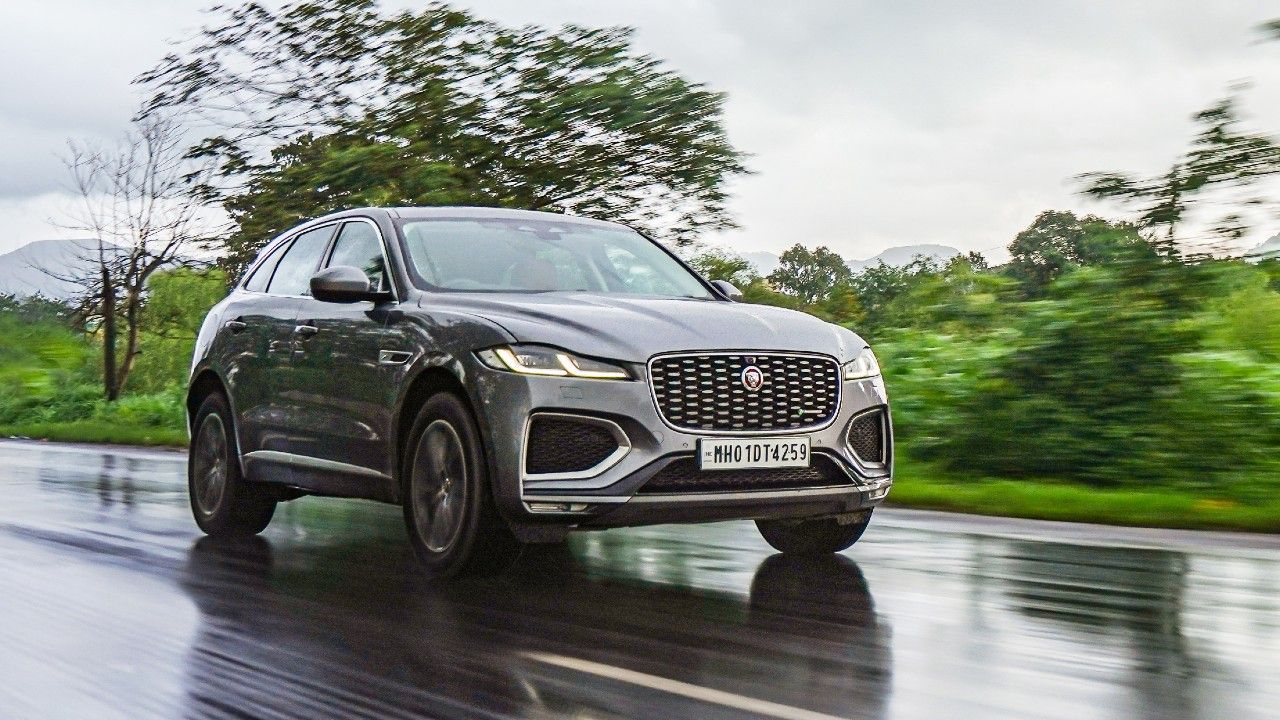
Familiar heart
Under the hood, the 2021 F-Pace tells a familiar story. The Jag comes with two engine options – an updated 2.0-litre diesel, which now makes 201bhp, and the familiar 2.0-litre turbo petrol.
The gasoline unit, now dubbed P250, continues to push out 247 horses. In signature turbo petrol fashion, the F-Pace’s torque kicks in at as low as 1,300rpm, which makes it quite tractable. And while the engine revs quite progressively, there is a bit of turbo lag, which you observe below the 2,000rpm mark.
That said, the overall performance is quite satisfactory. It isn’t an out-and-out performer – Jaguar does have the F-Pace SVR for that – but it does find a sensible middle-ground between performance and daily usability.
![]()
While the low- and mid-range are agreeable, it’s in the top-end where the F-Pace lacks adequate punch. Although the engine redlines at around 6,100rpm, progress beyond the 5,000rpm mark is gradual and somewhat barren. Also, this 2.0-litre petrol heart doesn’t feel very refined, especially in comparison to the other cars in this class. At speed, the F-Pace doesn’t feel extremely smooth. In fact, there’s even a hint of vibration that you feel on the floorboard at idle.
One of the aspects that hold the F-Pace back from delivering better performance is the 8-speed torque converter it comes paired with. The transmission is a bit slow to react, especially when you press down for sudden overtakes. But in all fairness, it is not a big issue, for it can easily be addressed by using the paddles or switching to Sport.
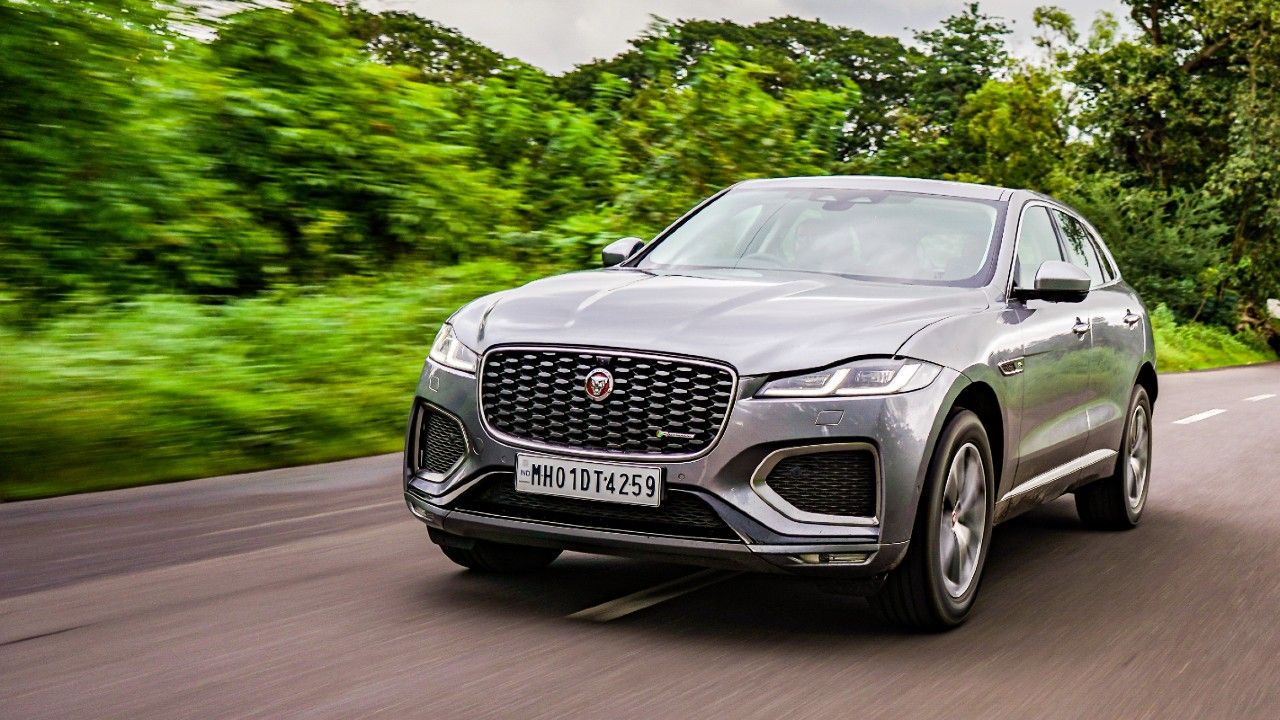
The F-Pace gets four driving modes – Eco, Comfort, Dynamic, and Rain/Mud/Snow. There is a perceptible difference in the way the F-Pace behaves in each mode. In Eco and Comfort, the responses are softened up. In Dynamic, the car has a nice taut feel to it and the suspension becomes firm, which combined with the all-wheel-drive system, endows the F-Pace with confident road manners. Today, when most cars’ steering feel light and artificial, the F-Pace’s steering has some heft and offers plenty of feedback. The steel springs surely don’t offer the same plushness during the ride as an air suspension setup, but the F-Pace nevertheless evens out moderately rough roads with ease.
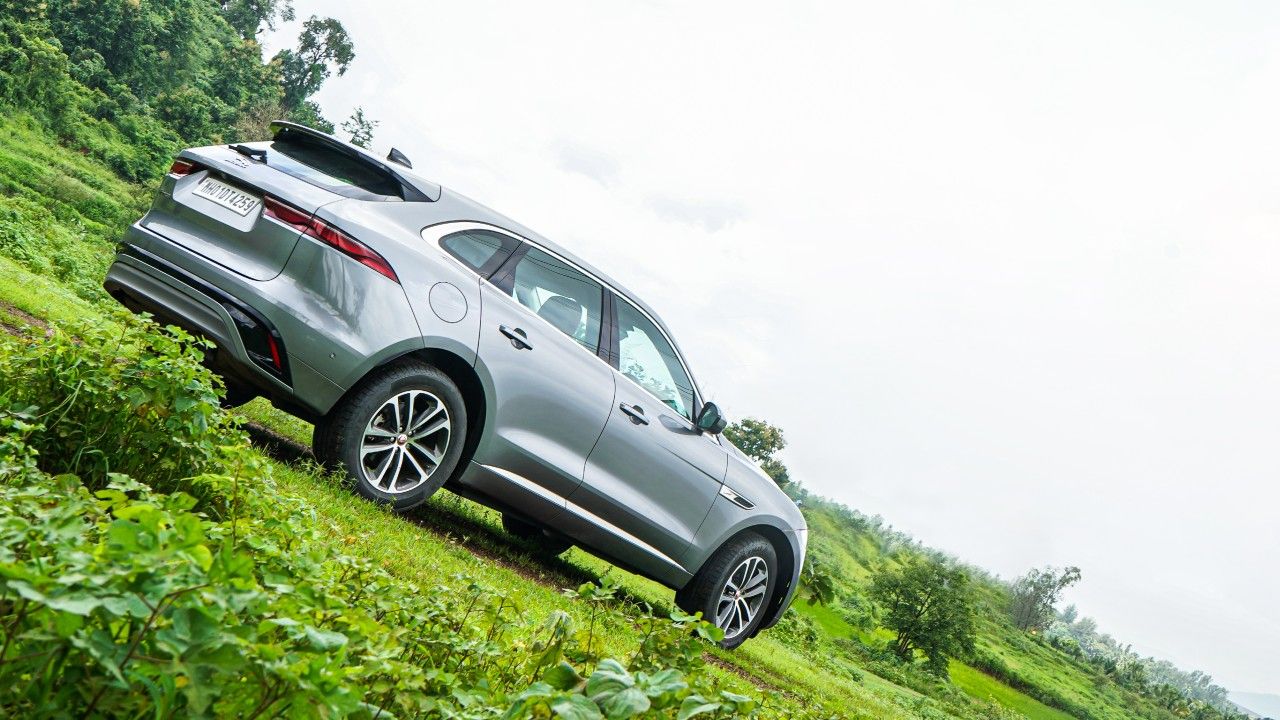
Verdict
Ever since its launch in 2016, the F-Pace has always had a few irrefutable downsides – its pricing when it came as a CBU, the lack of a suitable motor when it was on sale only with the 2.0-litre diesel, and an ageing interior when the 25t petrol was introduced in 2018.
With this update, Jaguar has addressed all the earlier shortcomings. The mildly updated exterior gives it a fresh appeal, and the interior is now considerably plusher and feels up-to-date. Yes, a more responsive transmission could have added a whole lot more excitement to the F-Pace, but it is a worthy bargain especially given how well it drives. And at ₹70 lakh (ex-showroom), it's priced just right too. The facelifted F-Pace then is a much more competent package than ever before.
Also Read:
Engine: 1,997cc / 4-Cylinder / Turbocharged
Fuel: Petrol
Transmission: 8-Speed Automatic / All-Wheel Drive
Power: 247bhp @ 5,500rpm
Torque: 365Nm @ 1,300 – 4,500rpm
Price: ₹69.99 lakh (Ex-Showroom)
X-Factor: The updates make the 2021 F-Pace feel richer and more competent.
|
Pros • Ride-handling balance |
Cons • A few missing features |


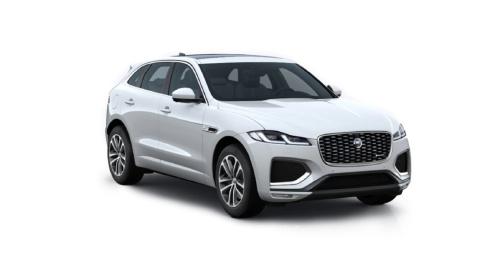

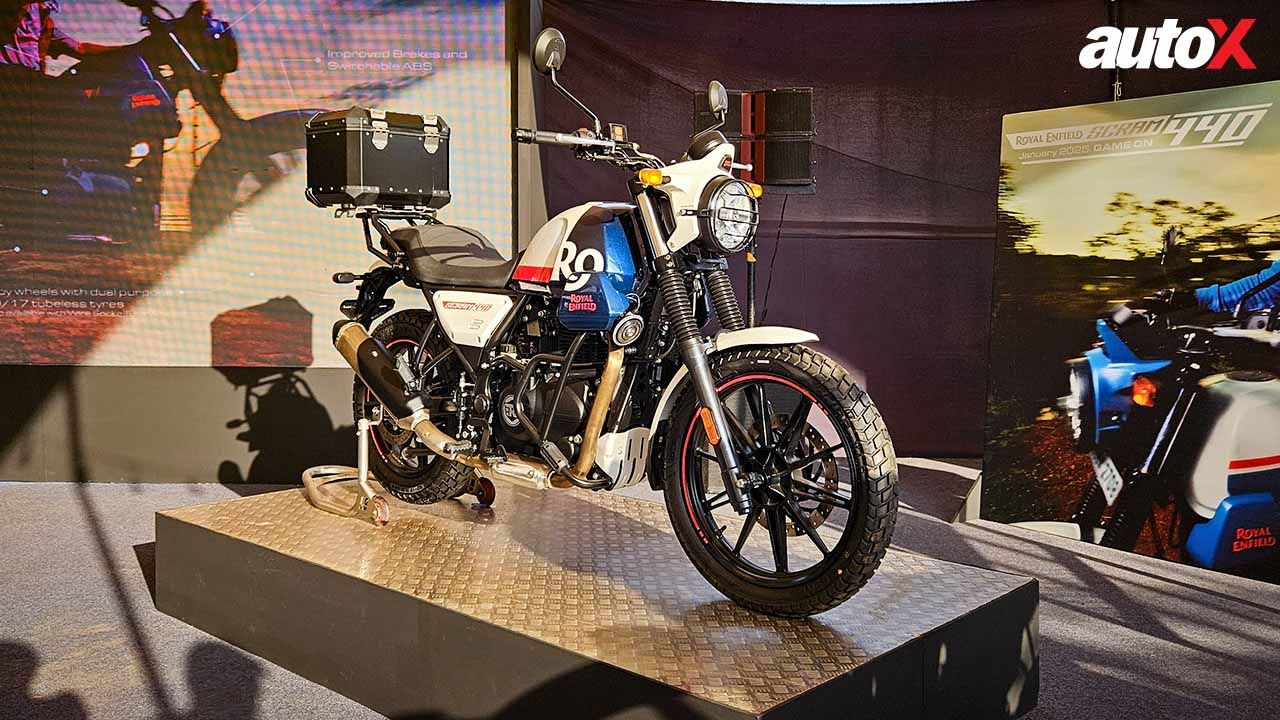
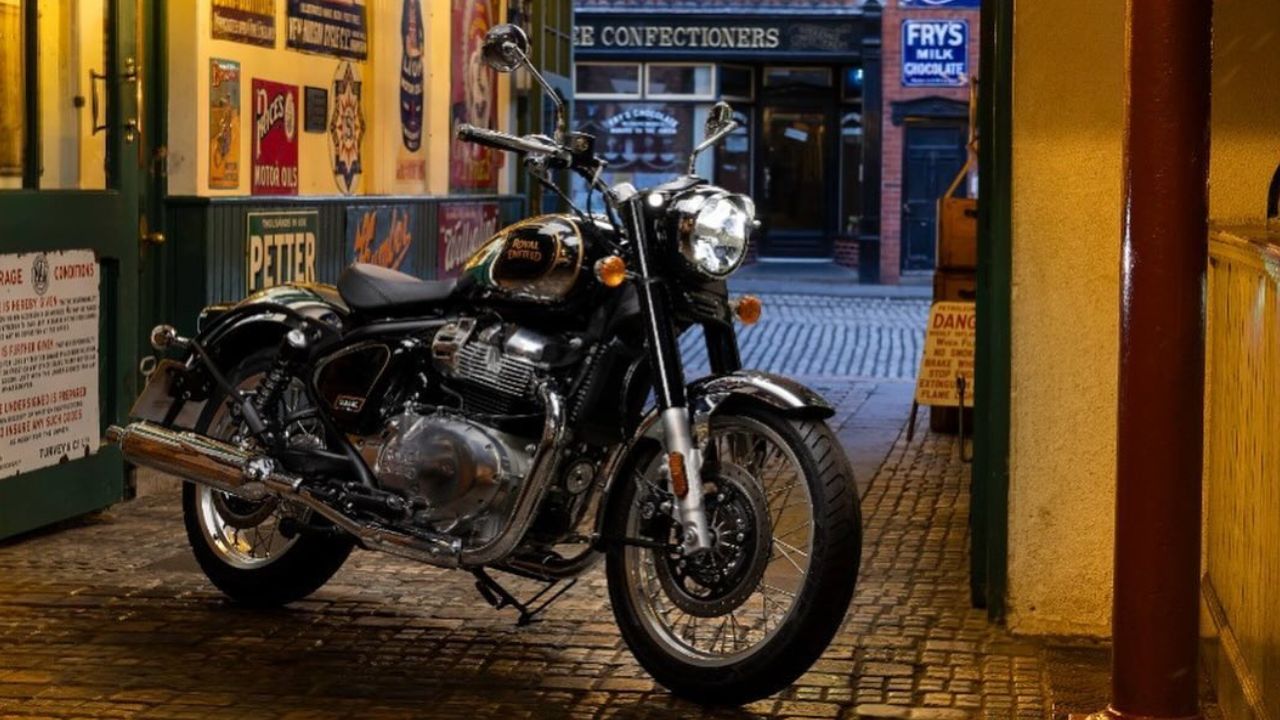
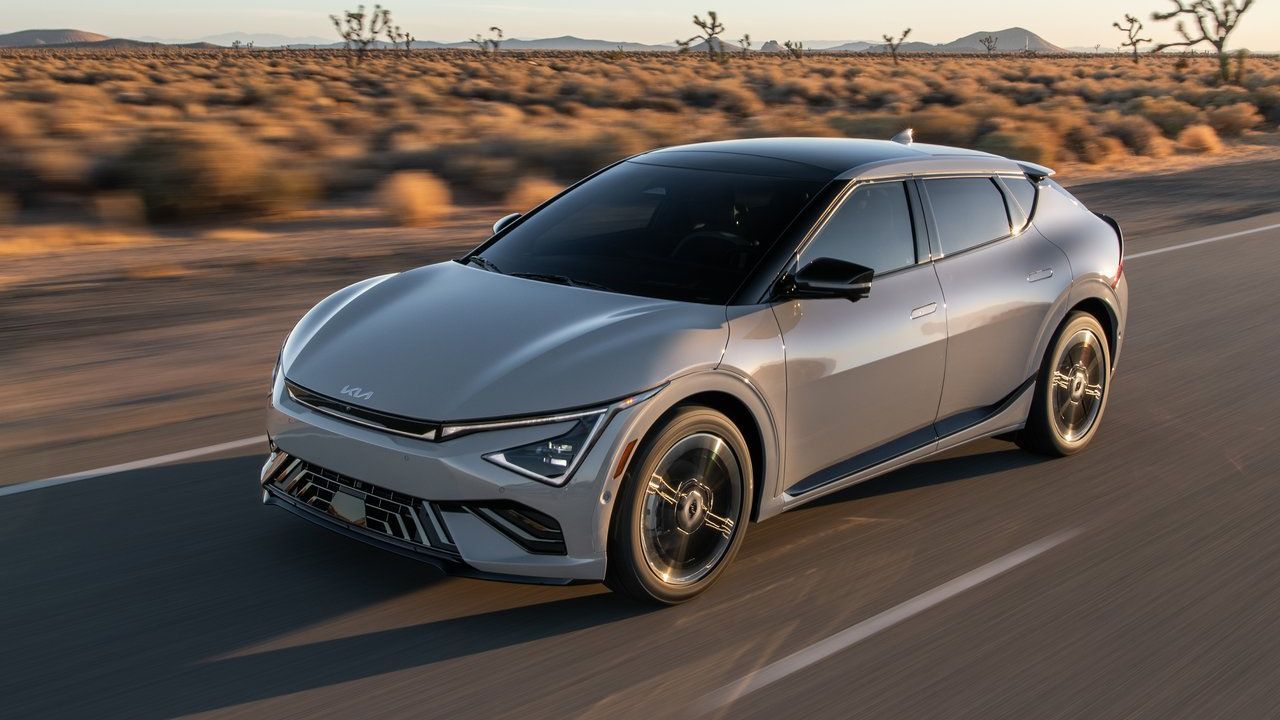
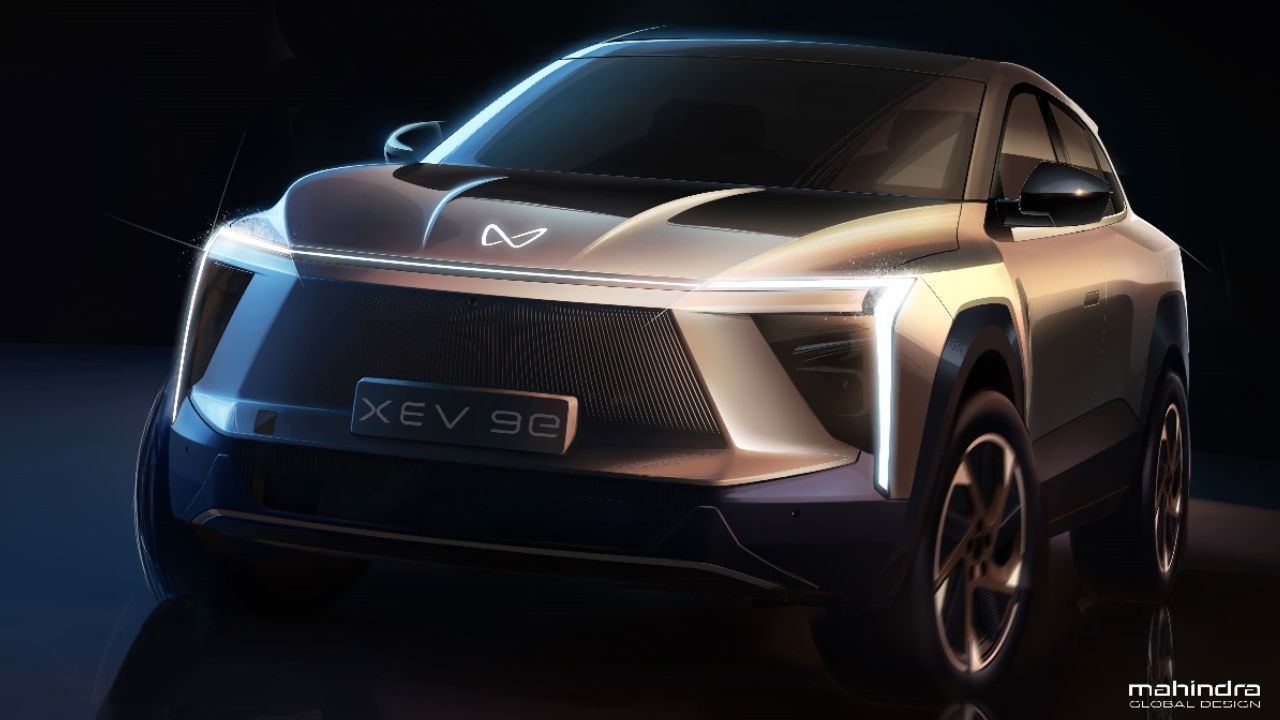
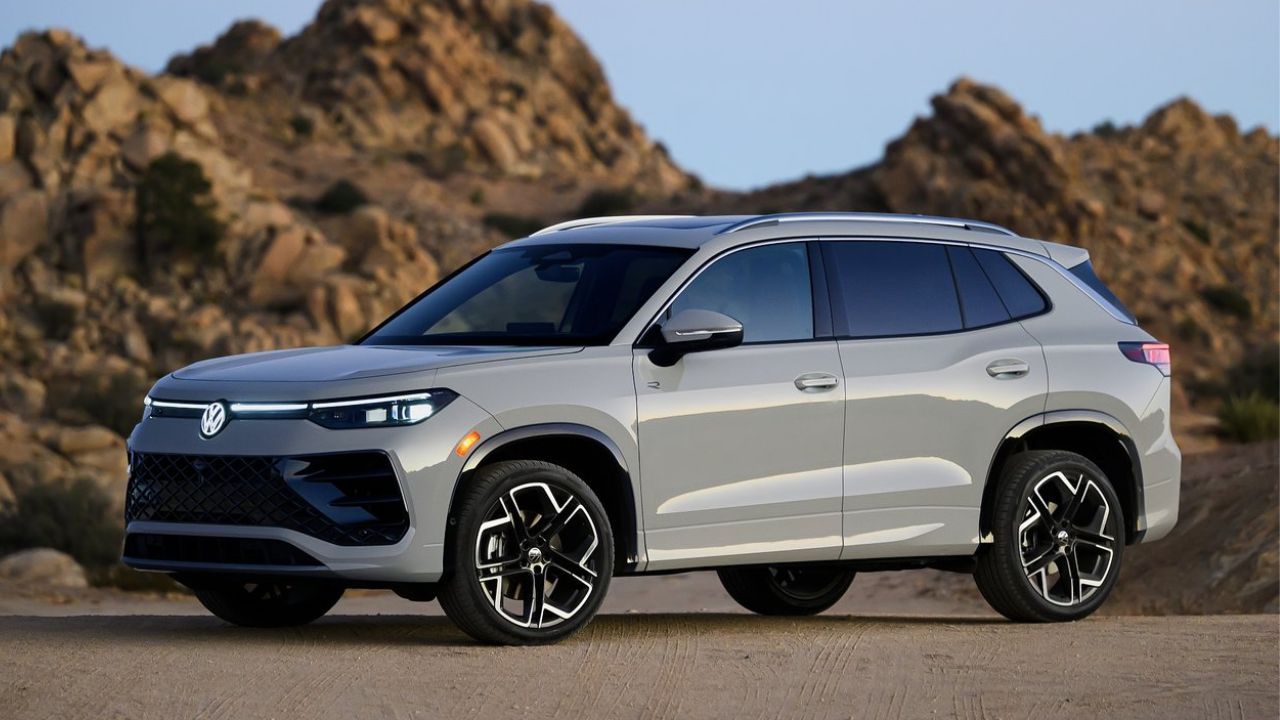
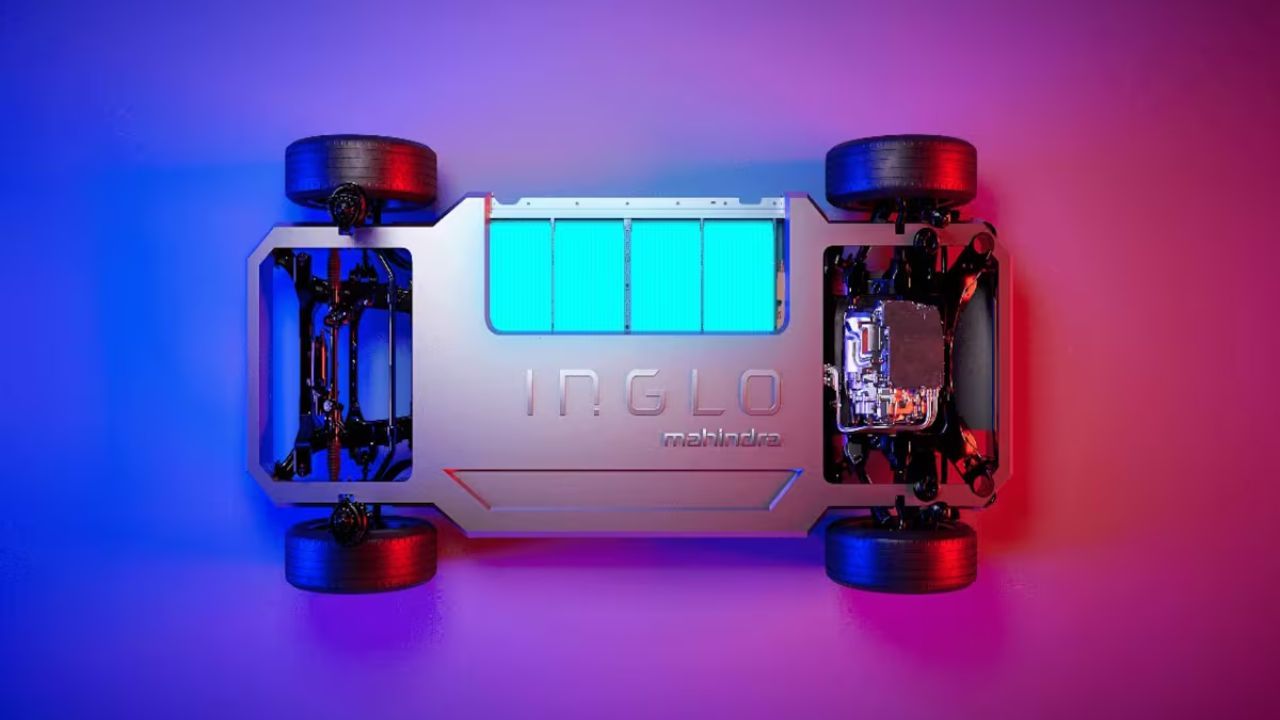
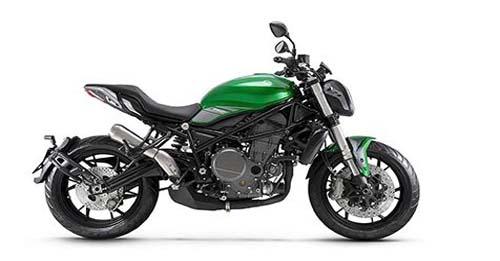
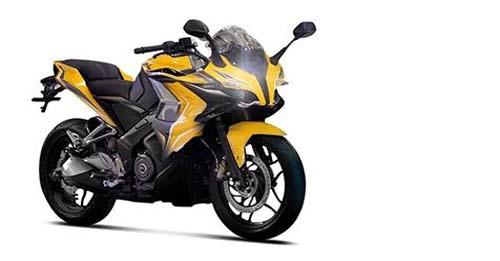
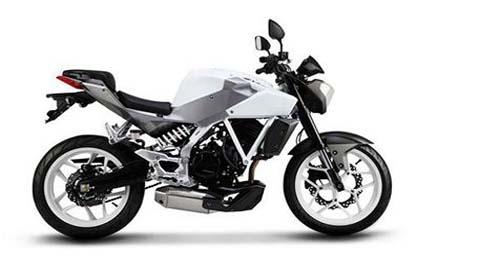
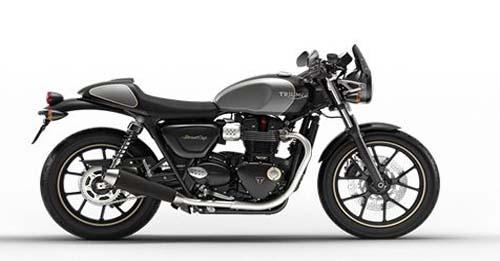
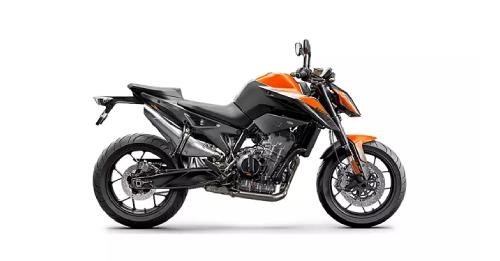









Write your Comment on